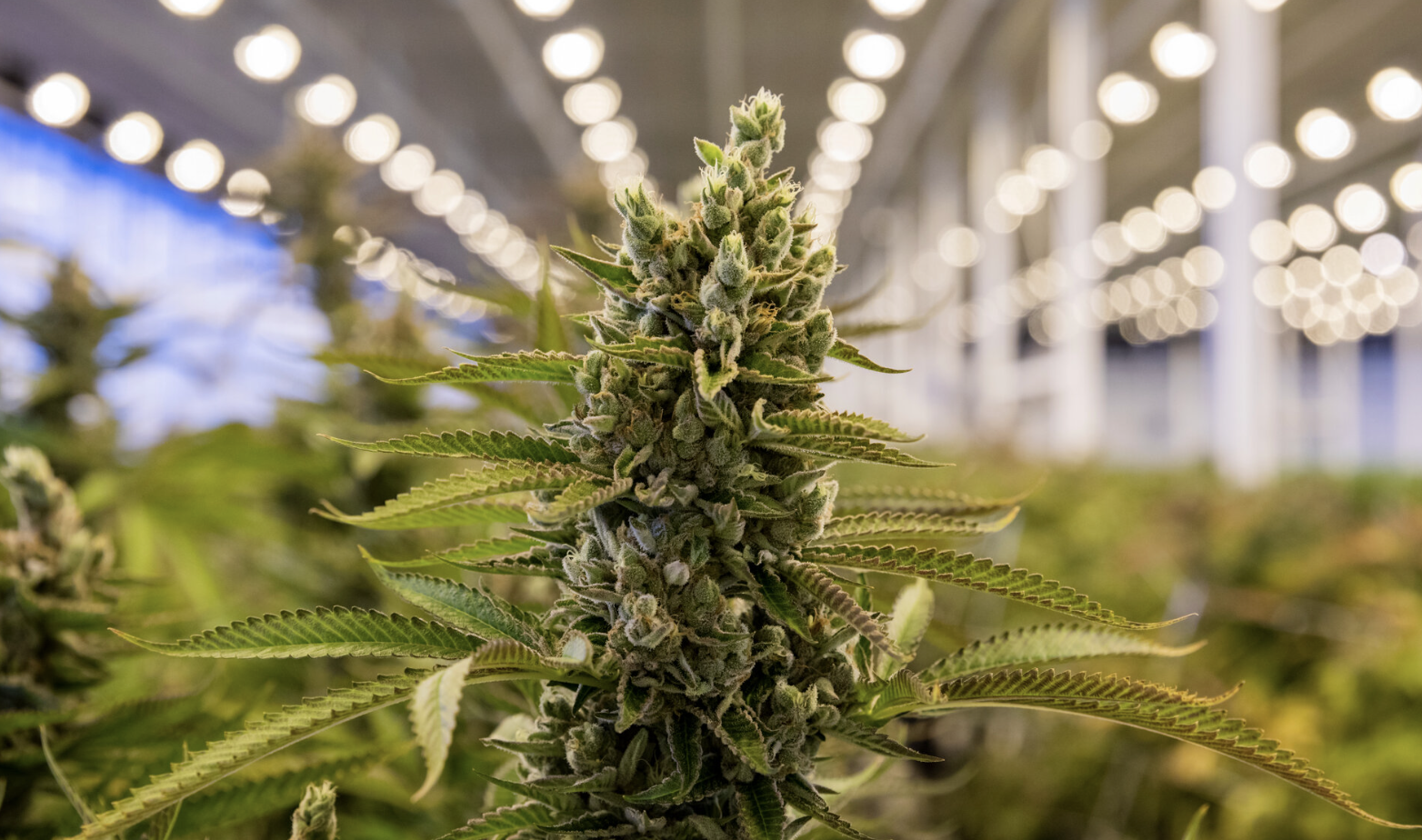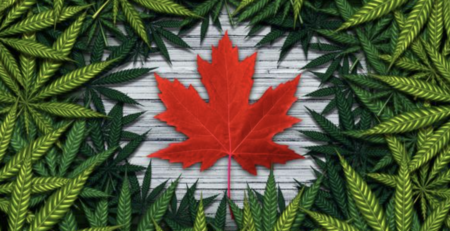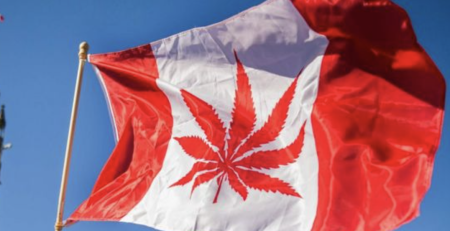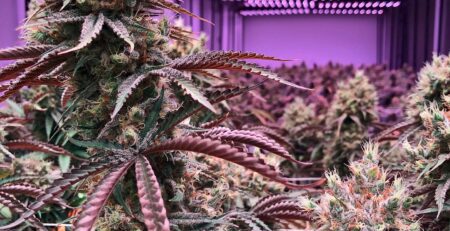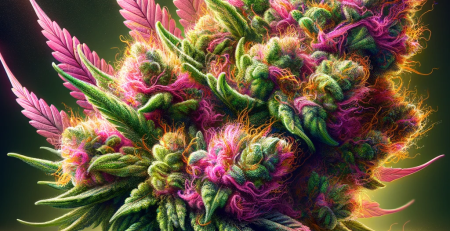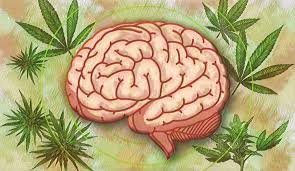Navigating the Cannabis Market: A Guide for New Consumers
The rapid evolution of the cannabis market has led to a whirlwind of products, strains, and consumption methods. For new consumers, the sheer breadth of options can be overwhelming. But fear not; this guide will provide a roadmap to help you traverse the burgeoning cannabis landscape confidently.
Understanding the Basics: Indica, Sativa, and Hybrids
At the core of the cannabis market are the plant’s strains. Primarily, they’re divided into:
- Indica: Typically associated with relaxation and physical sedation, ideal for nighttime use.
- Sativa: Known for inducing energetic and uplifting cerebral effects, often preferred for daytime use.
- Hybrids: A combination of Indica and Sativa, offering a balanced effect.
The world of cannabis can appear labyrinthine to newcomers, with its vernacular of strains, terpenes, and cannabinoids. However, at the root of understanding cannabis lies a fundamental trinity: Indica, Sativa, and Hybrids. This guide seeks to elucidate these primary categories, ensuring consumers can make well-informed choices.
The Ancestry of Cannabis: A Brief Overview
Cannabis has been a part of human culture for thousands of years, utilized for its medicinal, recreational, and industrial properties. Its two primary species, Cannabis indica and Cannabis sativa, hail from different geographical regions and have distinct characteristics.
- Indica
- Origins: Believed to have originated in the Hindu Kush region near Afghanistan.
- Appearance: Typically shorter and bushier with broader leaves.
- Effects: Often associated with relaxation and physical sedation. It’s the choice for those looking for a body-centric experience or seeking to unwind at night.
- Common Uses: Pain relief, sleep aid, and relaxation.
- Sativa
- Origins: Found in equatorial regions like Southeast Asia, Central America, and Africa.
- Appearance: Taller plants with narrow, long leaves.
- Effects: Known for its uplifting and cerebral effects. Many choose Sativa strains for daytime use or when seeking to spark creativity and energy.
- Common Uses: Mood elevation, treating depression, and stimulating appetite.
However, the distinction is not always black and white, leading to the birth of a third category: Hybrids.
Hybrids: The Best of Both Worlds
Hybrids are cultivated strains that combine genetics from both Indica and Sativa plants. Over decades, breeders have meticulously cross-bred plants to produce strains tailored to specific effects or characteristics.
- Balanced Hybrids: An even mix of Indica and Sativa, offering a well-rounded experience.
- Indica-dominant Hybrids: Merge the relaxation of Indicas with the mental clarity of Sativas.
- Sativa-dominant Hybrids: Combine the energetic uplift of Sativas with the grounded feeling of Indicas.
Beyond the Basics: The Role of Terpenes and Cannabinoids
While Indica, Sativa, and Hybrids offer a general guide, the effects of cannabis are also influenced by other factors:
- Terpenes: Organic compounds responsible for the aroma and flavor of the plant. They can also influence the effects of cannabis.
- Cannabinoids: Chemical compounds like THC (psychoactive) and CBD (non-psychoactive) that interact with the human body’s endocannabinoid system.
The Spectrum of Cannabinoids
Cannabis contains over 100 cannabinoids, but the two most prominent are:
- THC (Tetrahydrocannabinol): The primary psychoactive compound, responsible for the “high.”
- CBD (Cannabidiol): Non-psychoactive and known for its therapeutic benefits, like pain relief and anxiety reduction.
Many products will indicate the THC:CBD ratio, allowing consumers to choose based on their desired effects.
Cannabis has piqued human curiosity and utility for centuries, not just for its psychoactive effects but also for its therapeutic properties. While popular discourse often veers towards THC, the plant houses a complex assembly of cannabinoids, each bearing unique characteristics. This article seeks to demystify this spectrum, casting light on the diverse and multifunctional world of cannabinoids.
What are Cannabinoids?
Cannabinoids are a class of chemical compounds that interact with the endocannabinoid system (ECS) present in the human body. This system plays a vital role in regulating mood, appetite, sleep, and other physiological processes. The cannabis plant produces these compounds naturally, and while research is still burgeoning, over 100 cannabinoids have been identified so far.
The Titans: THC and CBD
The two most well-known and extensively researched cannabinoids are:
- THC (Tetrahydrocannabinol)
- Effects: It is the primary psychoactive compound in cannabis, responsible for the “high” sensation.
- Therapeutic Uses: Pain relief, appetite stimulation, and glaucoma treatment, among others.
- CBD (Cannabidiol)
- Effects: Non-psychoactive, meaning it won’t produce a “high.”
- Therapeutic Uses: Known for its potential in treating epilepsy, anxiety, inflammation, and more.
Beyond the Titans: Other Notable Cannabinoids
While THC and CBD dominate the limelight, other cannabinoids also offer intriguing effects and benefits:
- CBN (Cannabinol): Known for its sedative properties, it’s also being researched for potential anti-inflammatory benefits.
- CBG (Cannabigerol): A non-psychoactive cannabinoid, it’s believed to have potential anti-inflammatory, neuroprotective, and antibacterial properties.
- THCV (Tetrahydrocannabivarin): While similar in name to THC, it might act as an appetite suppressant, offering potential in treating obesity and diabetes.
Full-Spectrum, Broad-Spectrum, and Isolates
When browsing cannabis or hemp-derived products, these terms might crop up:
- Full-Spectrum: Contains all the cannabinoids, terpenes, and other compounds from the original plant, including THC.
- Broad-Spectrum: Similar to full-spectrum but has the THC completely removed.
- Isolates: A pure form of a single cannabinoid, typically CBD.
The Entourage Effect
A term that has gained traction in recent years, the entourage effect theorizes that cannabinoids, when taken together, can enhance each other’s benefits while mitigating some side effects. For instance, CBD might temper the psychoactive effects of THC.
The spectrum of cannabinoids underscores the remarkable versatility and potential of the cannabis plant. While THC and CBD are the most recognized, the larger family of cannabinoids holds vast potential that researchers are only beginning to uncover. As our understanding deepens, the future of cannabinoids in therapeutics and general wellness looks promising.
Forms of Consumption
The cannabis market has diversified beyond just smoking. Some popular methods include:
- Edibles: Foods infused with cannabis, like gummies or brownies.
- Tinctures: Concentrated herbal extracts, taken sublingually (under the tongue).
- Topicals: Creams and balms for direct skin application, typically non-psychoactive.
- Vaping: Using vaporizers to heat cannabis without burning it.
Deciphering Product Labels
A reliable product label should inform the consumer about:
- Potency: Measured in percentage of THC or CBD.
- Origin: Indicates if it’s organically grown and where.
- Terpenes: Natural compounds in cannabis that influence its aroma and potentially its effects.
- Test Results: Shows the product has been lab-tested for safety and purity.
Safe Consumption Tips
- Start Low and Go Slow: Especially with edibles, where the effects can be delayed.
- Educate Yourself: Attend workshops, read trusted sources, and consult with knowledgeable dispensary staff.
- Be Patient: Effects can vary depending on the method of consumption and individual factors.
- Stay Hydrated: Helps counteract some side effects like dry mouth.
Final Thoughts
Navigating the cannabis market as a new consumer might seem like treading unfamiliar territory, but with the right knowledge and guidance, it can be an enlightening experience. Always prioritize safety, stay informed, and remember that the world of cannabis offers a myriad of experiences, each unique to the individual.

